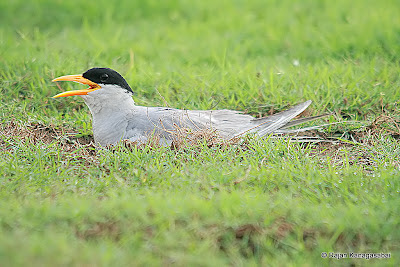Peacock

‘Proud as a Peacock’ is a term that’s commonplace in India, a tribute to the most beautiful bird of the feathered kind. No wonder, it is the pride of our country and rightly earns its place as the National Bird. Probably the largest and most colorful Pheasant of the bird family, the peacock is synonymous with its iridescent tail feathers, which are almost 65 percent of its body length. When arched out into a gigantic fan by males of the species during the mating ritual dances to attract females, the magnificent spread is indeed a sight to behold an awesome dance show! Apparently, like all other females of all other species (including humans), the female chooses her mate based on the latter’s size, colour, number of ‘eyes’ on the plumage and quality of feathers! These birds also fly, albeit for short distances. It takes about three years for a male to grow its complete plumage and the more the number of ‘eyes’ on the tail, the better his chances ...











